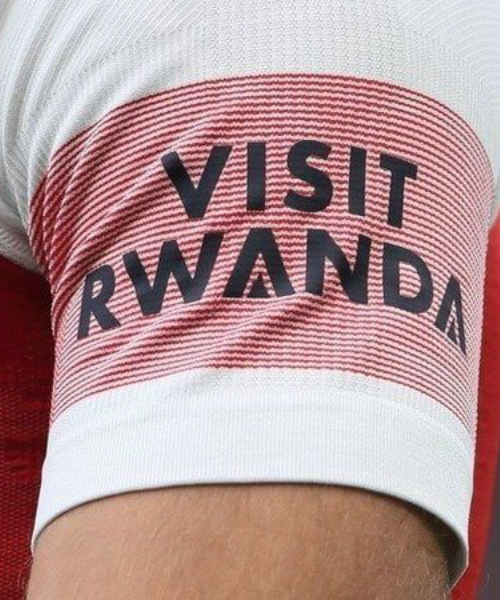On the Ground: War Ends, Vacuum Begins
After months of conflict, a fragile cease‑fire is holding in Gaza, and with it comes a dangerous question: what happens when war ends but structures are broken? While fighting has paused, the buildings remain in ruins, the infrastructure shattered, and the people displaced. This moment of calm is the prelude to a scramble for authority.
- The Players in the Game
Several actors are lining up to fill the void:
– Hamas: Although its military strength has been heavily degraded, Hamas remains determined to hold onto internal security control in Gaza. A senior official said the group “cannot yet commit to disarmament.”
– Palestinian Authority : Once expelled from Gaza in 2007, the Palestinian Authority is now poised for re‑entry under U.S.‑backed plans—but its legitimacy among Gazans is deeply challenged. International actors: A proposed multinational stabilization force, led by Egypt and backed by Western and Arab states, is envisioned to police Gaza and supervise any transitional authority.
- The Governance Schemes: Plans on the Table
Multiple frameworks currently compete for implementation:
– Technocratic Transitional Authority: A U.S.‑brokered plan envisages a non‑partisan governance body for Gaza, temporary in nature and overseen by senior international figures like Tony Blair.
– Board of Peace Model: Under this proposal, an executive panel would direct Gaza’s administration while an international security force handles disarmament and border control.
– Re‑entry of the Palestinian Authority: A plan that places the Palestinian Authority back in control once reforms are made. But Israel remains hesitant to accept a Palestinian Authority ‑run Gaza under current terms.
- Key Obstacles to Control
Swapping war for governance is far easier said than done. The real challenges include:
– Arms and Security: Hamas insists on retaining internal security duties, refuses full disarmament, and continues to exercise de facto power.
– Legitimacy: None of the proposed authorities have been elected by Gazans; trust in the Palestinian Authority, Hamas, or externally‑appointed bodies is very low.
– Reconstruction Needs: With over 60% of infrastructure damaged and aid access restricted, any governing body must manage massive humanitarian and rebuilding tasks.
– Israeli and Regional Concerns: Israel still controls large portions of Gaza’s borders and airspace; any governance plan must align with its security interests.
- What to Watch for in the Coming Months
– Will Hamas relinquish the heavy weaponry and tunnels it controls?
– Which nations commit troops to the proposed international force—and under what rules?
– Will reconstruction funding arrive, and will it be tied to governance outcomes?
– How quickly will elections be called, and what will their terms be?
Conclusion
As Gaza emerges from war, the power vacuum is the real battleground. From this debris the next government of Gaza must arise and it will signal far more than a change of leadership. It will define how, and if, the people of Gaza regain autonomy and rebuild a society worth governing.











